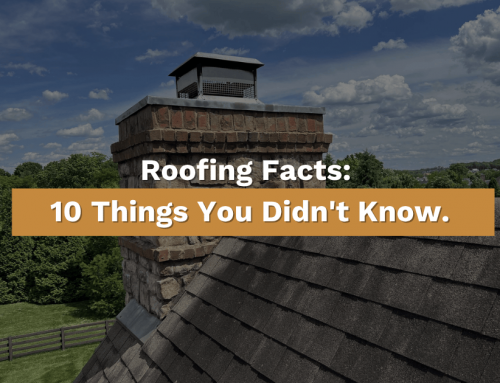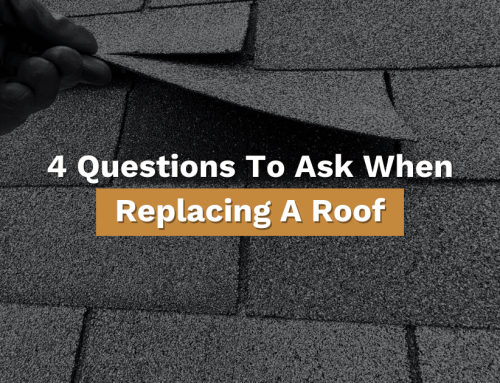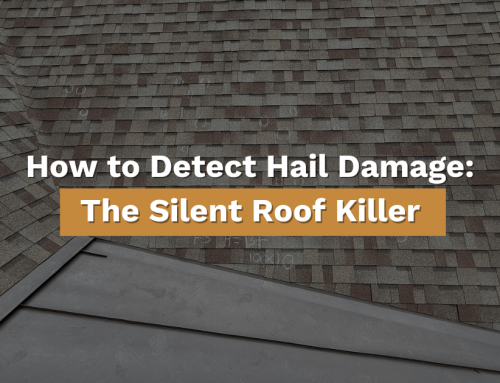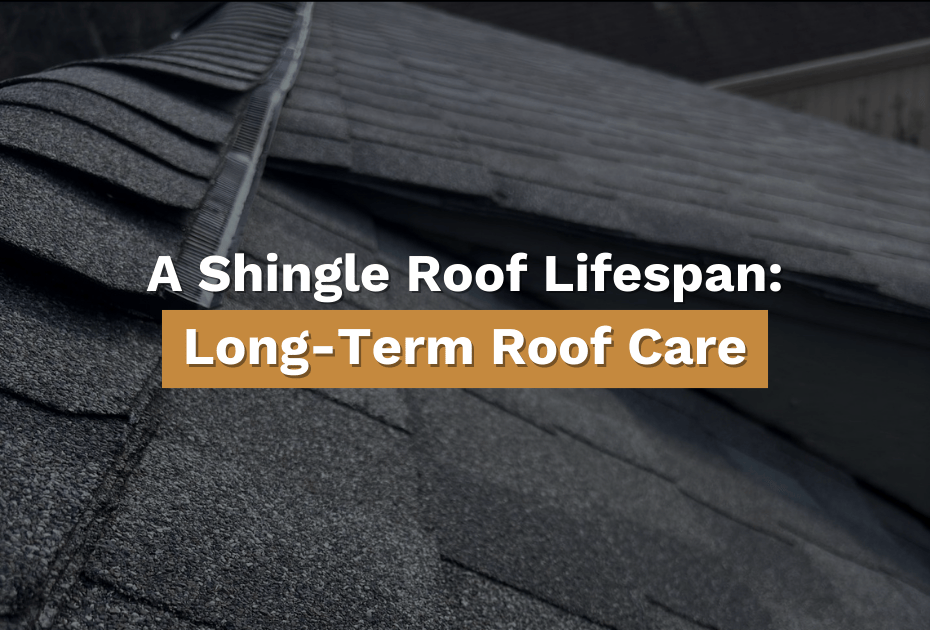
Highlights for Shingle Roof Lifespan
Regular roof maintenance, roof inspections, and timely roof repairs can extend the lifespan of your asphalt shingle roof to 30+ years. Watch for missing shingles, cracked shingles, leaks, and water damage—these are signs it may be time to replace. If your roof needs a full roof replacement, hiring a reputable roofing contractor is key.
Table of Contents
How to Extend the Life of a Shingle Roof
Last updated: 3/19/2025
Published: 3/22/2019
A roof replacement is a big decision. Homeowners invest in asphalt shingles expecting them to last, but many factors can affect a roof's lifespan. Extreme weather, poor attic ventilation, and normal wear and tear all affect how long a roof holds up. Understanding the lifespan of a shingle roof can help you get the most out of your investment.
Most asphalt shingles are designed to last between 15 to 30 years. However, roofing materials don't all age the same way. Architectural shingles, for example, tend to last longer than standard three-tab shingles. If your home has an aging roof, keeping up with roof maintenance and roof inspections can help prevent roof leaks, roof damage, and expensive roof repair costs down the line.
Hiring experienced roofing contractors for regular inspections and maintenance is crucial to ensure proper installation and to identify potential issues that could affect the longevity of your roof.
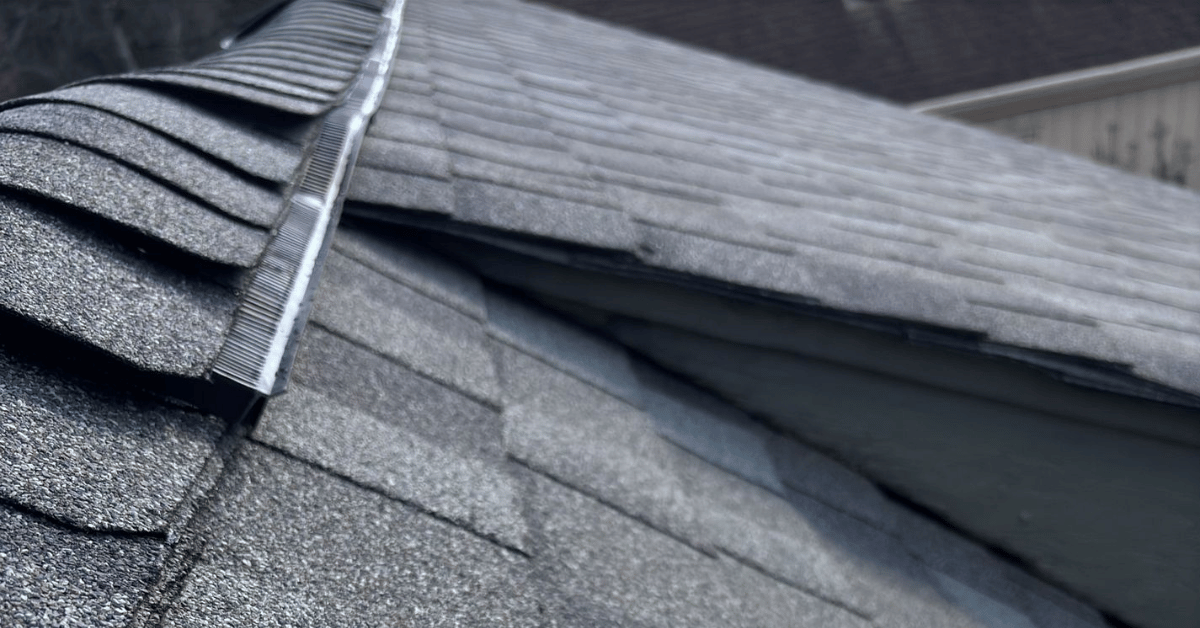
Understanding Asphalt Shingles and Residential Roofs
Asphalt shingles are one of the most popular choices for residential roofs because they are affordable, durable, and easy to install. They come in different styles, including wood shingles and architectural shingles, allowing homeowners to choose a look that complements their house. Hiring experienced roofing contractors is essential to ensure proper installation and maintenance of asphalt shingles, which helps in identifying potential issues that could affect the longevity of the roof. While asphalt shingles are built to withstand the elements, missing shingles, cracked shingles, and curled shingles can negatively impact their ability to protect your home from storm damage and water damage.
The Lifecycle of an Asphalt Shingle Roof
Stage One: New Roof (0-2 Years)
A new roof goes through an initial adjustment period. The first two years are considered the curing phase, during which the roof shingles settle and protective granules may shed slightly.
Signs of a new roof adjusting:
-
Minor granule loss
-
Slight curling along the edges of some shingles
-
Occasional small cracks due to temperature fluctuations
These issues are normal and not a cause for concern unless roof leaks develop. Proper installation and attic ventilation help asphalt shingles adjust without major roof issues. Keeping gutters clear of debris like tree branches can also prevent unnecessary strain on the roofing system.
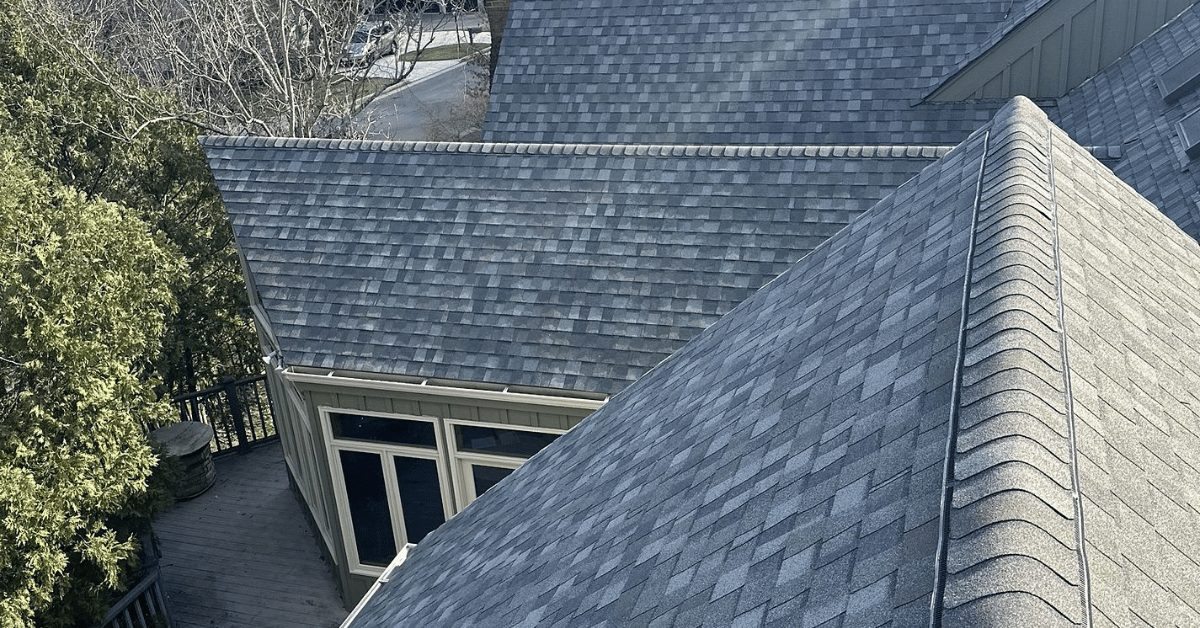
Factors That Affect an Asphalt Roof's Lifespan
The life expectancy of an asphalt roof depends on several factors, including:
-
Roofing materials: High-quality shingles last longer.
-
Installation quality: Poorly installed roofs are more prone to roof leaks and sagging roof issues.
-
Weather conditions: Extreme weather, including heavy rain, hail, and high winds, can cause roof storm damage.
-
Maintenance: Regular inspections and small repairs help avoid complete roof replacement sooner than expected.
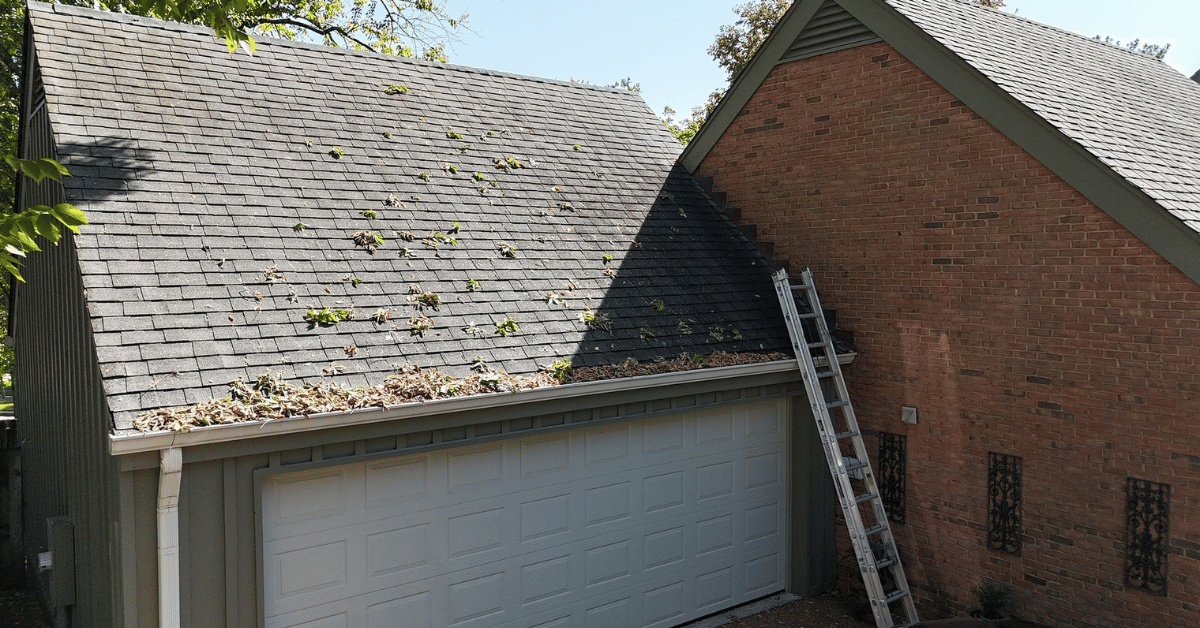
Stage Two: Mid-Life Roof (3-15 Years)
This stage is when homeowners should focus on maintenance to avoid costly roof repairs or needing to replace their roofs prematurely.
Key maintenance tasks:
-
Schedule regular roof inspections with a professional roofing contractor.
-
Check for missing shingles, cracked shingles, or curled shingles.
-
Clean gutters to prevent water damage.
-
Trim overhanging tree branches to avoid roof deck punctures.
-
Look for mold, moss, or mildew, which can be a sign of trapped moisture.
Ignoring these steps can lead to roof issues, including a sagging roof or the need for a full roof replacement sooner than expected.

Stage Three: Old Roof (15+ Years)
After 15 years, an aging roof starts to show more noticeable signs of wear and tear. If you see any of the following, it may be time to replace your roof:
-
Cracked shingles or curled shingles
-
Large bald spots where protective granules have worn away
-
Roof leaks or water damage inside your house
-
A sagging roof or visible roof deck damage
According to the Asphalt Roofing Manufacturers Association, residential roofs older than 20 years often need a new roof. If you're unsure whether you need a complete roof replacement or just repairs, a professional roofing company can assess your roof damage and recommend the best course of action.
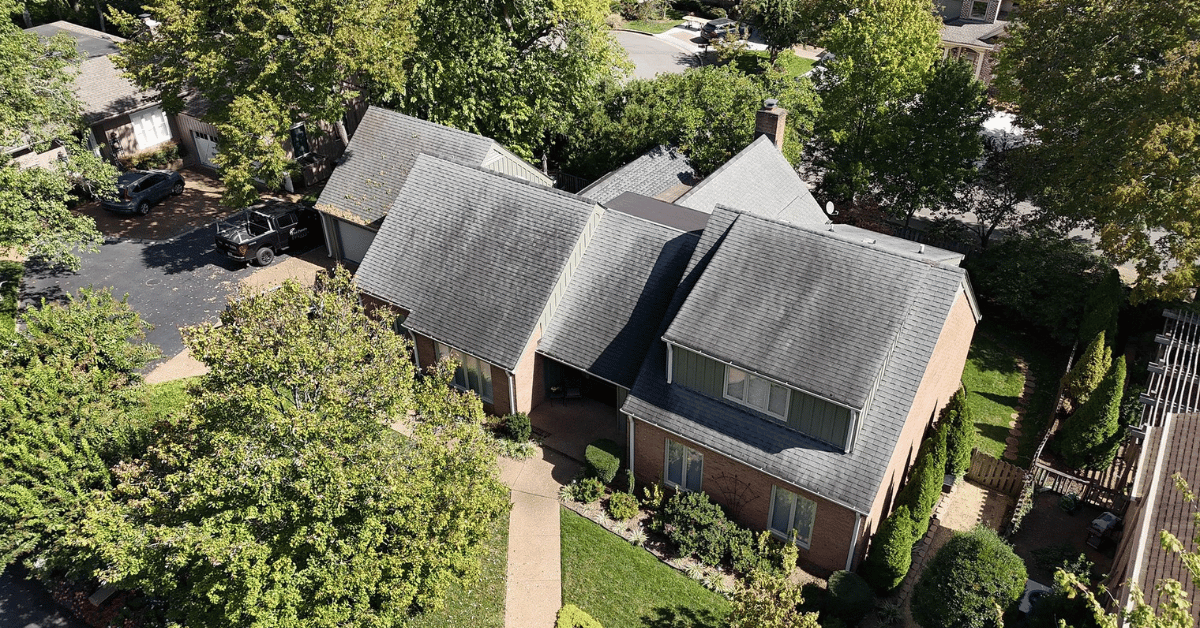
Signs of Wear and Tear
Asphalt shingle roofs can exhibit various signs of wear and tear over time. Recognizing these signs early can help you address issues before they escalate into major problems. Here are some common indicators to watch for:
-
Cracked or Curled Shingles: Aging, weathering, or poor installation can cause shingles to crack or curl. These damaged shingles can compromise your roof's ability to protect your home.
-
Missing Granules: Granules can be lost due to weathering, foot traffic, or poor installation. Missing granules expose the underlying asphalt, making shingles more susceptible to damage.
-
Faded or Discolored Shingles: Prolonged exposure to sunlight and weathering can cause shingles to fade or discolor. This not only affects the aesthetic appeal of your roof but can also indicate material degradation.
-
Loose or Missing Shingles: High winds, poor installation, or aging can cause shingles to become loose or go missing. This can lead to roof leaks and water damage.
-
Roof Leaks: Leaks can occur due to damaged or missing shingles, poor flashing, or clogged gutters. Regular roof inspections can help identify and address these issues before they cause significant damage.
By scheduling regular roof inspections, you can catch these signs of wear and tear early, allowing you to take action and extend the life of your asphalt shingle roof.
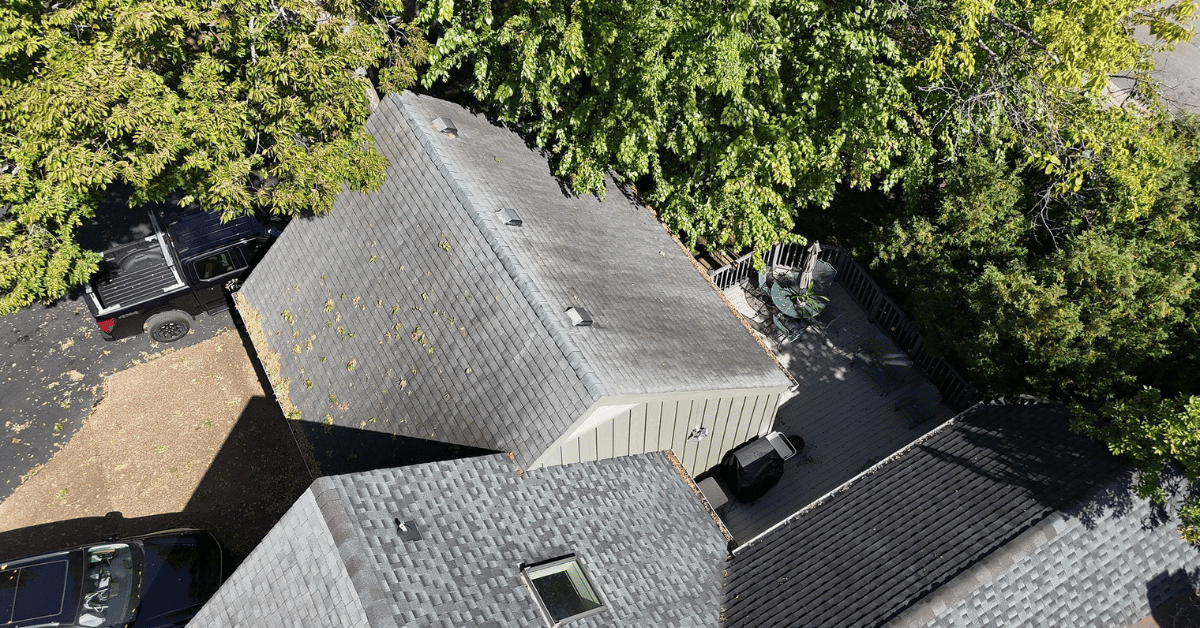
Choosing the Right Asphalt Shingle
Selecting the right asphalt shingle for your roof can be a daunting task, but considering a few key factors can make the decision easier. Here's what you should keep in mind:
-
Quality: Opt for shingles made from high-quality materials and superior construction. High-quality shingles are more durable and offer better protection.
-
Durability: Look for shingles with a high wind rating and resistance to weathering. Durable shingles can withstand harsh weather conditions and last longer.
-
Style: Choose shingles that complement your home's architectural style and color scheme. Asphalt shingles come in various styles, including wood shingles and architectural shingles, allowing you to find the perfect match.
-
Budget: Asphalt shingles vary in price, so consider your budget when making a decision. While premium shingles may cost more upfront, they often offer better longevity and performance.
-
Warranty: Look for shingles with a comprehensive warranty that covers manufacturing defects and installation. A good warranty can provide peace of mind and protect your investment.
Additionally, consider the type of asphalt shingle that best suits your needs:
-
3-Tab Shingles: These are the most common type of asphalt shingle and offer a classic look. They are typically more affordable but may have a shorter lifespan.
-
Architectural Shingles: These shingles offer a more premium look and are designed to mimic the appearance of natural materials. They are thicker and more durable than 3-tab shingles.
-
Premium Shingles: These shingles offer the highest level of quality and durability. They often come with enhanced features such as impact resistance and superior weather protection.
By carefully considering these factors, you can choose the right asphalt shingle that meets your needs and enhances the longevity of your roof.
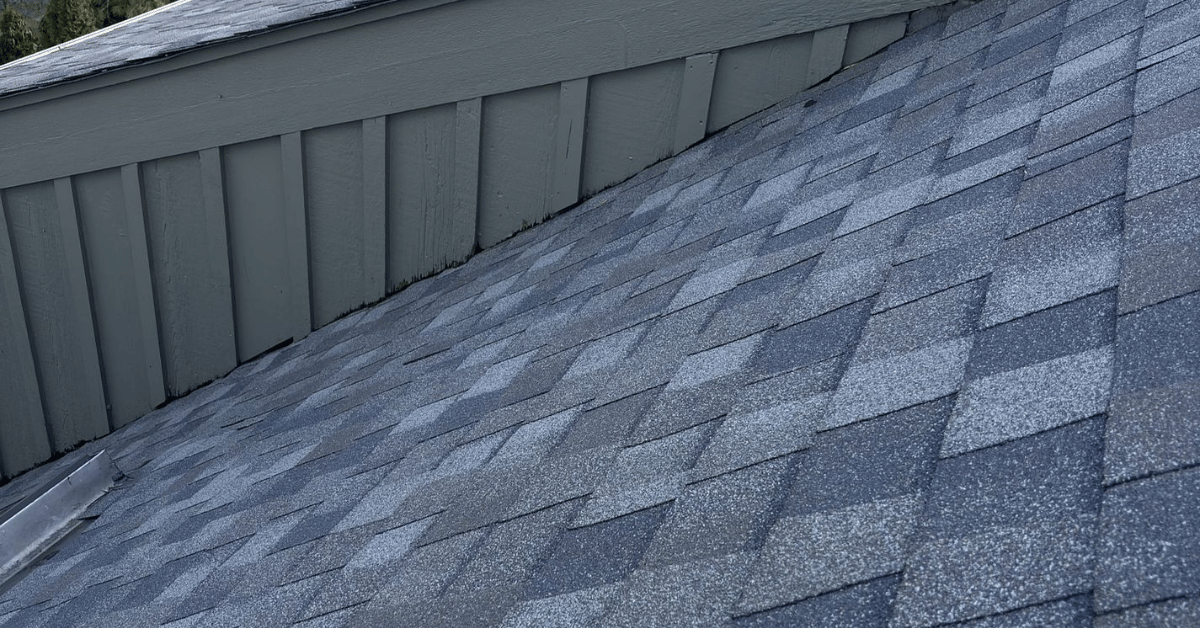
Avoiding Common Mistakes
When it comes to asphalt shingle roofs, avoiding common mistakes can save you time, money, and headaches. Here are some pitfalls to watch out for:
-
Poor Installation: Improper installation can lead to premature wear and tear, leaks, and other issues. Always hire a reputable roofing contractor who follows best practices and uses high-quality materials.
-
Inadequate Maintenance: Failing to regularly inspect and maintain your roof can lead to costly repairs and replacements. Schedule regular roof inspections and address minor issues promptly to prevent major problems.
-
Using Low-Quality Materials: Using low-quality materials can compromise the integrity of your roof and lead to premature failure. Invest in high-quality asphalt shingles to ensure long-lasting performance.
-
Ignoring Signs of Wear and Tear: Failing to address signs of wear and tear can lead to major problems and costly repairs. Regularly check for cracked shingles, missing granules, and other indicators of damage.
To avoid these mistakes, work with a reputable roofing contractor who uses high-quality materials and follows proper installation and maintenance procedures. Regular roof inspections can also help identify potential issues before they become major problems, ensuring your asphalt shingle roof remains in good condition for years to come.
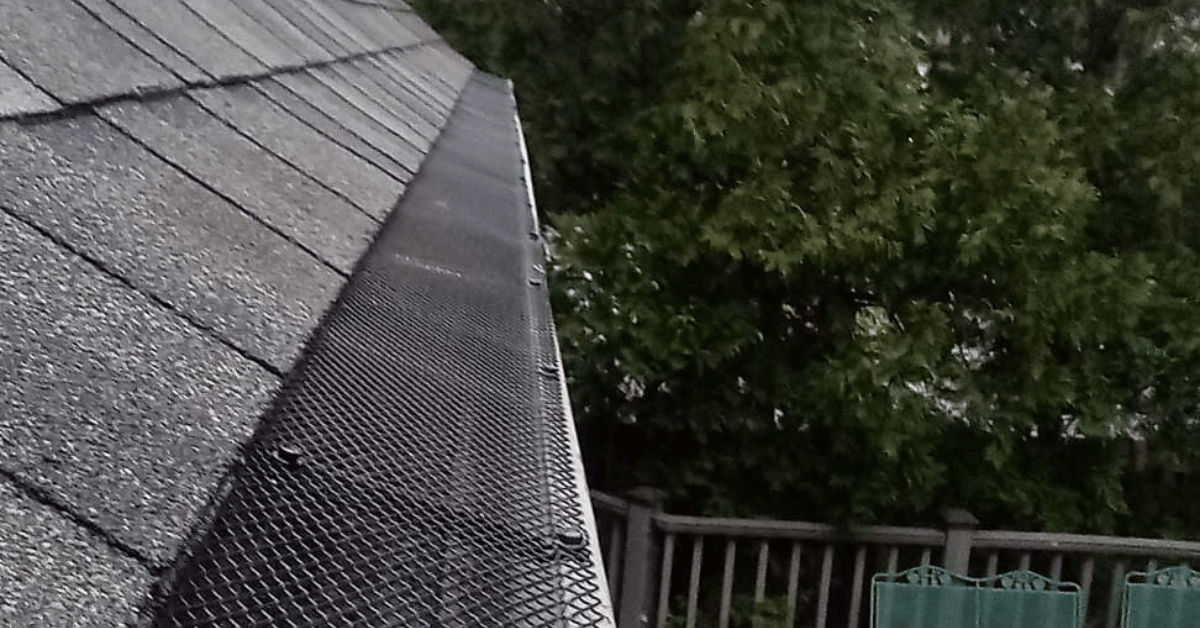
When to Replace Your Roof
It's important to recognize the signs that indicate when it's time to replace your roof. Here are a few key indicators:
-
Your roof is over 20 years old and showing signs of wear.
-
You have frequent leaks or see interior water damage.
-
There are large sections of missing shingles or cracked shingles.
-
Your roofing system is failing, causing heat loss or moisture buildup.
If you suspect it's time for a new roof, experienced roofing contractors can inspect your home and determine whether you need a complete roof replacement or targeted repairs.
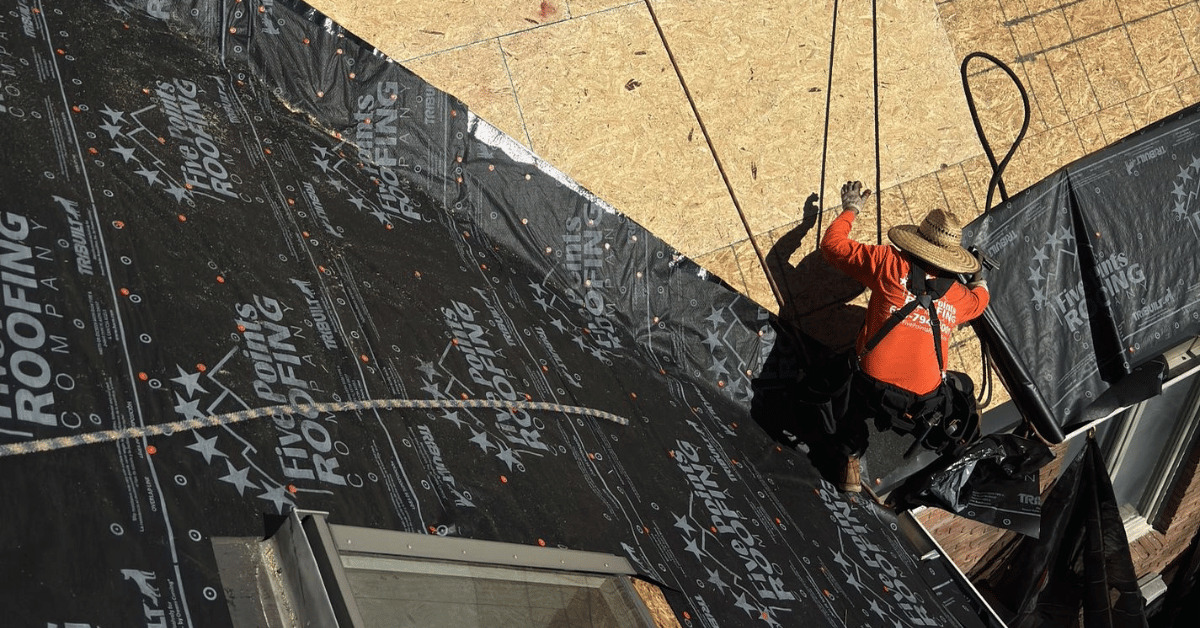
Choosing the Right Roofing Contractor
When you hire a roofing contractor, it is crucial to choose experienced roofing contractors who can provide essential services such as roof inspections, repairs, and replacements. A roofing contractor should:
-
Be certified by trusted organizations
-
Provide clear estimates for a full roof replacement or repairs
-
Offer warranties on their work
-
Have experience handling storm damage and insurance claims
For homeowners in Franklin, TN, Brentwood, and Nashville, Five Points Roofing is a trusted roofing company with decades of experience. We offer complete roof replacement services and back our work with lifetime labor warranties.
Final Thoughts
Keeping up with roof maintenance, scheduling regular inspections, and working with a trusted roofing contractor can extend the life of your asphalt shingle roof. If your home has an aging roof and you're seeing signs of issues, don't wait until major damage occurs.


